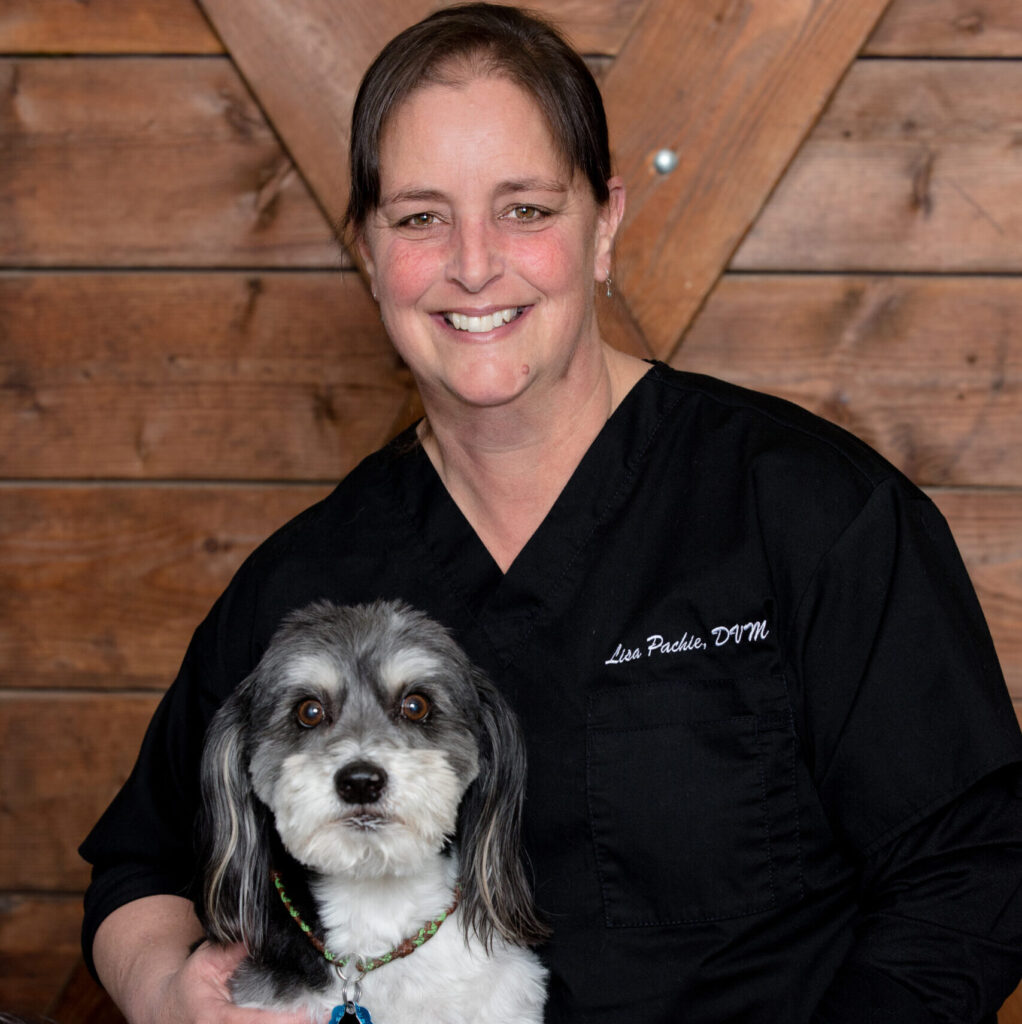Colic – What you need to know

Author: Lisa Pachie, DVM, Practice Owner and Veterinarian
What is colic?
Colic is used to describe abdominal pain, and there are over 70 causes of colic in horses. It is a common concern for horse owners and can cause a sense of fear and panic when signs of colic are observed. Fortunately, over 80% of colic types respond well to treatment.

Preparation is Key!
Colic is unpredictable, frequently unpreventable, and horses are prone to colic. It is imperative that every horse owner is prepared with these minimum essential items in their emergency kit:
- An inexpensive stethascope
- Thermometer
- Pain medication: We encourage horse owners to have Banamine (flunixin meglamine) available to administer at home. If your horse is painful enough to require a dose of Banamine, please call and let us know so we can manage our time to be able to better serve you. If the horse improves and does not need further treatment, please let us know.
- **Horse Trailer: Or a plan in place for a ride with a friend or neighbor. Please be aware that all the veterinarians in this county and surrounding counties do their best to provide emergency services, but there is a serious shortage of large animal veterinarians in this county. We are available pretty much anytime to see your horse in case of colic, but most of the time, we cannot come to you. So please have an emergency plan for transport of your horse so it can be treated as soon as possible to provide the best possible outcome. This is especially important in the winter: Don’t let your trailer get snowed in, have flat tires, or be used for storage.

Your horse is showing signs of colic – Now What?
If you notice your horse exhibiting some or all of the symptoms above, these are the next steps you need to take:
- Take vitals: Heart rate, temperature, respiration rate, gum color, capillary refill time (CRT), hydration
- Remove Feed
- Walk or lunge for 10-15 minutes
- Rolling can injure you or your horse. If your horse wants to roll frequently, it’s better to be in an open area. A horse may become cast in a stall or other small area. If your horse is uncontrollably thrashing, stay out of the way
- In general, walk the horse if it makes them feel better. Stop walking if the horse seems worse or you detect signs of foot pain (laminitis/founder), muscle pain (tying up) or respiratory pain (pleuritis). Do no walk the horse or yourself to the point of exhaustion.
When to call the veterinarian
Mild, recent onset colic may improve by walking and administering Banamine. Sometimes a bumpy trailer ride can help as well.
Please call if:
- You haven’t observed the horse in several hours and you notice signs of colic
- You don’t know the length of time the horse has been showing signs of colic
- The colic is severe and doesn’t improve with walking and Banamine within one hour
- The horse vital signs are not normal or horse is uncontrollably rolling

The Colic Exam and Treatment
If it is recommended to get your horse to the vet, you can expect the following to occur in the attempt to treat your horse:
- The veterinarian will first do a physical exam
- They will administer sedatives, pain medications and antispasmodics
- A rectal exam will then be performed
- A nasogastric tube will be inserted via your horse’s nose to check for reflux from the stomach, then will administer laxatives such as mineral oil or magnesium sulfate.
- In some cases a belly tap will be performed to aid in diagnosis
- IV fluids will be administered to hydrate your horse
- Blood tests may be performed to help with diagnosis and devising a treatment plan.

Surgery
It is often assumed that colic surgery is not a viable option. Colic surgery, however, can be life-saving for many horses and they can go on to lead normal lives. Please let us know if you would consider colic surgery for your horse at the beginning of any colic exam so we can refer you to an appropriate facility, if needed, in a timely manner to assure the best possible outcome.
Also, please let us know if your horse is insured so we can discuss all options.
Colic surgery can be very expensive and is not always in the best interest of the horse. However, many horses are having colic surgery now, and success rates can be better than 75% long-term survival rate with early diagnosis and proper treatment.

This blog is presented to you by Dr. Lisa Pachie, clinic owner and mixed animal veterinarian. If you have any questions regarding anything in this article, please reach out to us.
References:
- University of Minnesota Extension | extension.umn.edu
- SmartPak: How to take equine vital signs | https://youtu.be/aTSrlqNP2mY?si=7RGBEWRMT0LzQsjZ

